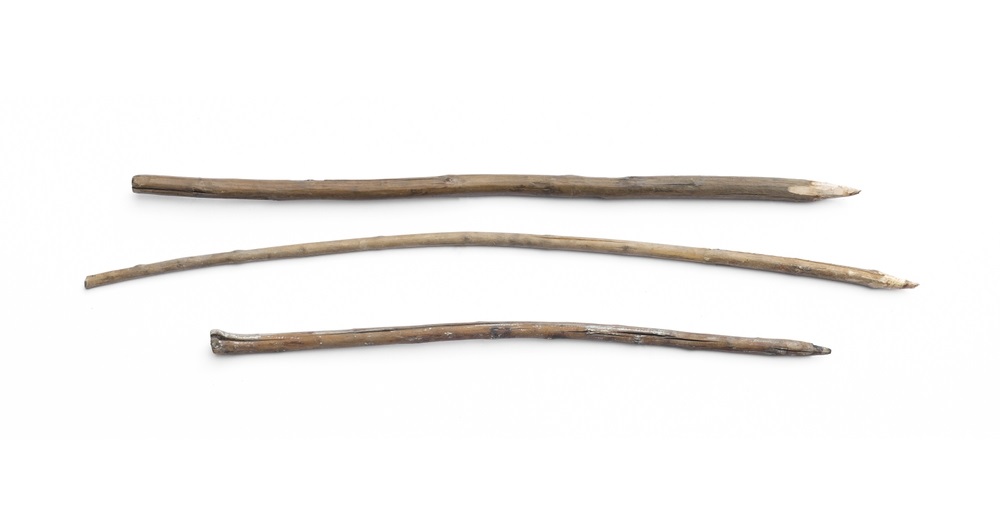Neanderthals Killed a Cave Lion 48,000 Years Ago, and Scientists Know How
Posted on Categories Discover Magazine

Scientists have pieced together how a cave lion died some 48,000 years ago at the hands of Neanderthals, and the picture they’ve painted is pretty grisly.
Lions loomed large in the psyche of Stone Age hominins, who painted them on cave walls and carved their likenesses into bone and ivory ornaments. Neanderthals competed with them for food, but evidence of their direct interaction has remained scarce.
Neanderthal Hunting Techniques Discovered
In present-day Germany, a group of the early hominins likely crept up on an older, slower cave lion and may have surprised it by throwing stone-tipped spears at its ribs. At some point, a Neanderthal with a sharpened, wooden spear stepped forward to strike the fatal blow – or at least wound the lion severely.
Researchers suspect the spear’s tip went in through the lion’s left abdomen, passing through layers of pelt and cartilage and muscle tissue. Once inside the body’s main cavity, the weapon passed through the vital organs, including the lungs, killing the animal. The sharpened end came to a rest in one of the ribs, crushing the bone and leaving the telltale rounded crater the scientists used to reconstruct the slaying.
Analyzing Ancient Cave Lion Fossils
Scientists excavated the well-preserved bones from oxygen-starved sediments that bordered a small lake near Siegsdorf, Germany.
The team used radiocarbon dating to age the lion’s femur and established the spearing as the earliest known case of a human species killing a large predator.
Read More: Who Were the Neanderthals?
A Timeline of Neanderthal Predation
The same team has also announced the oldest-yet evidence of a Neanderthal cutting off a cave lion pelt in Central Europe. At 190,000 years old, the find extends deep into Neanderthal history in Europe, which began about 300,000 years ago, prior to the Last Ice Age.
Modern humans didn’t arrive on the scene until about 45,000 years ago, when they helped push the other species to extinction.
Neanderthals Used Cave Lion Pelts for Warmth
The evidence comes from a pair of cave lion paw bones found in the tourist-friendly Einhornhöhle (“unicorn cave”) site in the Harz Mountains in central Germany. On the fossils, the researchers found cut marks consistent with someone using a stone tool to skin a large animal.
The Neanderthals had likely removed the pelt elsewhere and carried it, along with the paws, into the cave for their use.
Whether the product of a dangerous hunt or mere scavenging, the pelt would have provided warmth and perhaps social status for one or more hominins.
Read More: Ancient Predators: A Guide to the Neanderthal Hunt